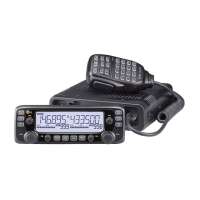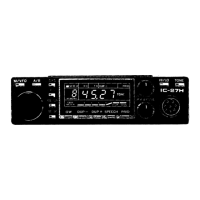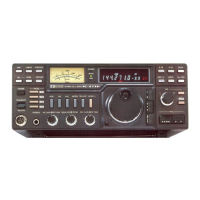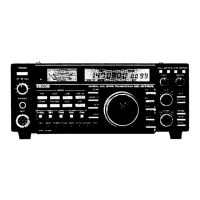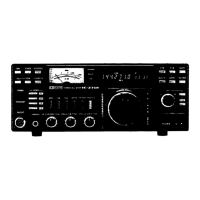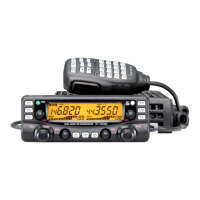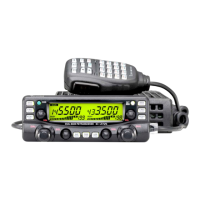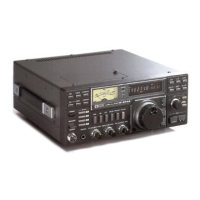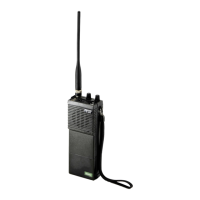M
Michael RobinsonAug 17, 2025
Why doesn't a Programmed scan start on my Icom ic-2730A?
- SShelly DavenportAug 17, 2025
If a Programmed scan does not start on your Icom Transceiver, ensure that the VFO mode is selected by pushing [V/MHz SCAN]. Additionally, check that different frequencies are entered into the scan edges; if the same frequencies are entered, the scan will not start.
